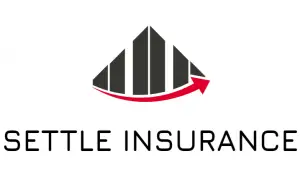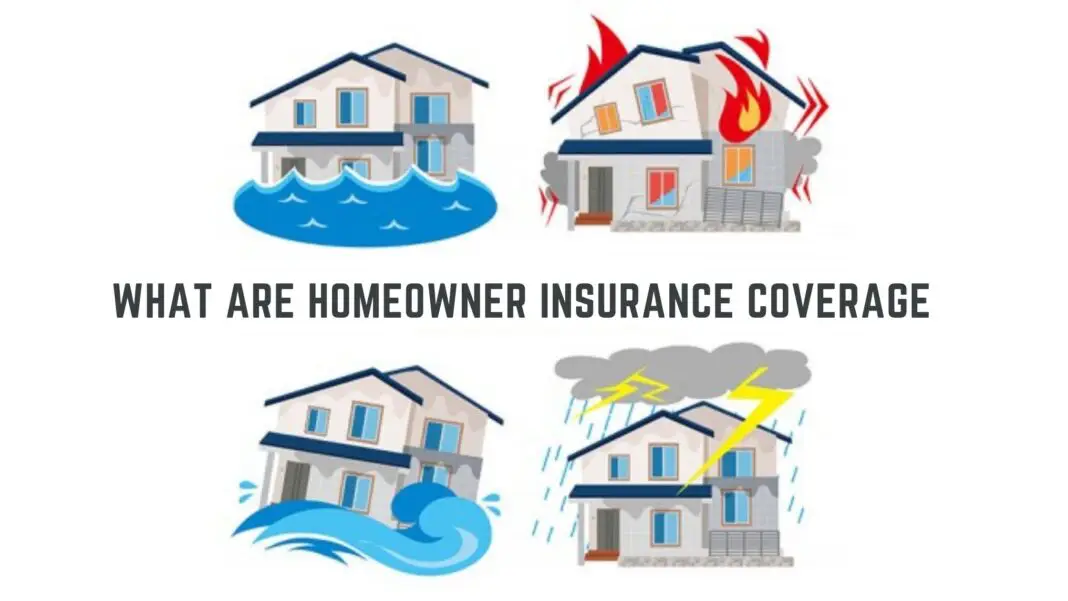“This post may contain affiliate links, if you click a link we may earn a commission if you purchase from that merchant.”
Home insurance is a part of life for anyone who has purchased or shopped for a home – some may call it a necessary evil, while others see it as providing peace of mind in times of crisis.
Although banks convince the majority of people to buy home insurance, few people know who to trust, what their policy covers, when to make adjustments, where to shop for it, why it’s priced the way it is, or how to take care of the process.
This home insurance guide will walk you through the process of selecting the best home insurance policy.
Table of Contents
What a Homeowner’s Policy Provides
Damage to your house and its contents is covered by homeowner’s insurance. It also compensates you for burglary losses and compensates you if visitors to your property are injured. If your home becomes uninhabitable, your insurance can cover living expenses such as a hotel stay.
Damage to the Interior or Exterior of Your House
Your insurance will reimburse you if your house is damaged by fire, floods, lightning, arson, or other insured disasters. Floods, earthquakes, and poor home repairs are usually not covered, and you will need to purchase separate riders if you want that form of coverage.
Clothing, furniture, appliances, and the majority of your home’s other contents are protected if they are lost in an insured disaster. You can also get “off-premises” compensation, which means you can claim missing jewelry anywhere in the world. However, there could be a limit on how much the insurer can reimburse you.
Many insurance providers, according to the Insurance Information Institute, would cover 50 percent to 70 percent of the amount of insurance you have on your home’s structure. For example, if your house is insured for $200,000, your personal belongings are covered for up to $140,000.
If you have a lot of expensive items (fine art or antiques, fine jewelry, designer clothes), you might want to pay extra to have them covered on your policy, purchase an add-on to cover them, or even buy a separate policy.
Personal Liability for Damage or Injuries
Liability insurance protects you from third-party claims. This provision also applies to your pets! So, if your dog bites your neighbor, Doris, your insurance will cover her medical costs, if the bite happens at your house or hers.
Also Read: Advantages of Home Insurance
Hotel or House Rental While Your Home Is Being Rebuilt or Repaired
It’s uncertain, but if you are forced to leave your home for an extended period, it would be the best insurance you have ever bought. Additional living expenses insurance reimburses you for leases, hotel rooms, restaurant meals, and other incidental costs incurred when waiting for your home to be habitable again.
Different Types of Homeowners Coverage
There is no such thing as “universal” insurance. The cheapest homeowners insurance would almost certainly have the smallest amount of coverage, and vice versa.
There are many types of homeowners insurance in the United States that have become industry standards; these are called HO-1 to HO-8 that include varying levels of security based on the needs of the homeowner and the type of residence protected.
Basic Homeowners Policy, HO-1: This is a basic policy that protects the homeowner from ten different perils, including fire, smoke, earthquakes, lightning, volcanic eruptions, and aircraft harm.
Broad Form Policy, HO-2: The Broad Form policy includes all ten perils covered by the basic policy, plus a few more, such as electric current incidents. Your home, personal property, and personal liability are all covered.
HO-3 Special Form Regulation: This policy includes all that the Broad Form policy does, plus a little more. This policy protects you if you harm or hurt someone else’s property.
Tenant’s Form, HO-4: Tenant’s form, also known as renters insurance, is for renters. It protects your personal property as well as your responsibility.
The Comprehensive Form, HO-5, is so named because it covers more perils than other policies. This policy is similar to the Special Form policy in that it will shield you financially from all perils unless they are expressly specified as not covered in your policy.
HO-6 Condominium Unit Owners Form: This is for condominium unit owners and/or occupants. It covers your personal property as well as your walls, floors, and ceiling against all perils, as well as damage to any modifications or changes made by the unit owner, up to certain limits.
HO-7 Mobile Home Form: This regulation is similar to the Special Form policy, but it is tailored to mobile homes. Mobile home insurance does not have the same level of protection as standard homeowner’s insurance.
HO-8 Older Home Form: For older homes where the cost of rebuilding exceeds the market value. It provides coverage for the same risks as the Basic Homeowners policy.
Dwelling Fire Form: This policy only protects your home from a few unique perils. Personal property, personal liabilities, and medical payments are not covered. This is a common coverage for holiday homes.
See also:
How to Buy Home Insurance Policy
Essential tips & info know before Buy Home Insurance
What Isn’t Covered by Homeowners Insurance?
Although most situations where a loss could occur are covered by homeowner’s insurance, certain incidents are usually exempt from plans, such as natural disasters or other “acts of God,” as well as acts of war.
Is homeowners insurance worth it?
For many too many homeowners, insurance is yet another sheet of paper to sign and put away, never to be considered again. That is, until disaster strikes. People who wait until they have a loss before reviewing their plans are not getting the maximum benefit — and maybe getting very little value — from their countless premium payments.
Homeowners’ insurance is a financial obligation, but it should also be seen as a living, breathing entity that needs to have cared for over time.
You can only guarantee that your hard-earned dollars can hold the roof over your head — and another, better one after that — by reviewing the policy carefully, shopping around for the right agent, understanding your coverage limits, and updating the property inventory.
Bottom Line
Your homeowner’s insurance is just as strong as the final policy wording. Work with your representative to get the coverage you need—and nothing more—and double-check that what you agreed to is included in the policy. That way, if you need to file a claim due to an unexpected loss, you won’t be in store for any surprises.


































